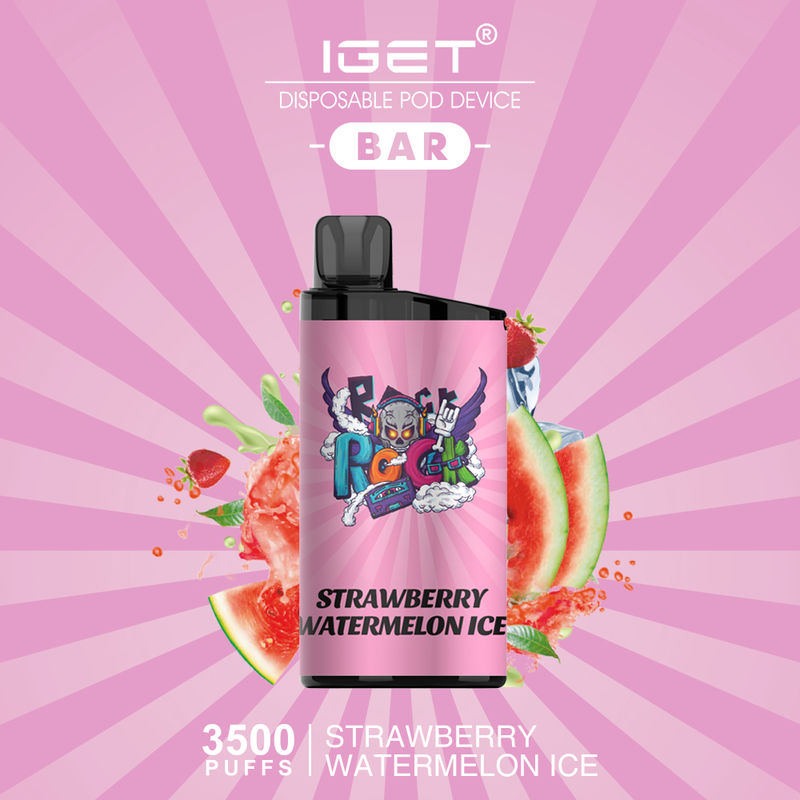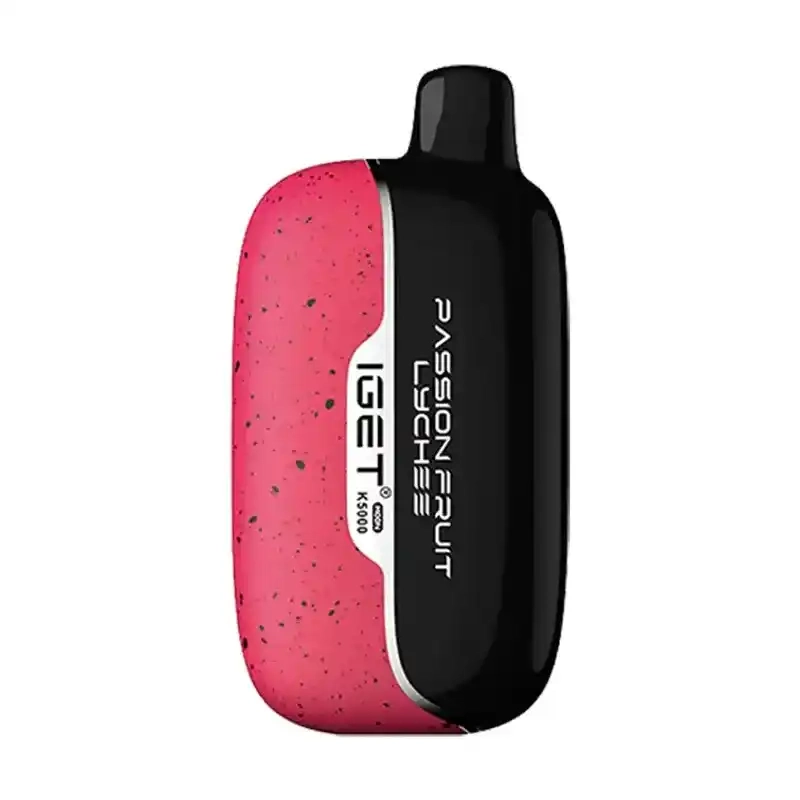Vape Electronics 2025: The Smart Revolution Transforming How We Inhale

The year 2025 marks a quantum leap in vape electronics, with AI-powered personalization and biometric integration becoming standard features. Latest 2025 market data reveals a staggering 78% of premium devices now incorporate adaptive heating algorithms that learn user preferences, while 43% sync with health monitoring wearables. This isn’t just evolution – it’s a complete reimagining of inhalation technology.
What separates 2025’s vape electronics from previous generations is their transition from simple delivery systems to intelligent wellness companions. Our comprehensive analysis uncovers seven groundbreaking innovations that will dominate the next decade, from self-cleaning nano-coils to emotion-responsive flavor modulation. For consumers and retailers alike, understanding these advancements isn’t optional – it’s critical for making informed decisions in an increasingly sophisticated market.
📊 Introduction & Definition
The 2025 iteration of vape electronics represents a paradigm shift from standalone devices to integrated smart systems. According to the Global Vape Technology Report 2025, modern devices now incorporate six core smart technologies: adaptive power management, biometric feedback loops, predictive maintenance alerts, environmental compensation, social connectivity, and AI-driven flavor optimization. These aren’t mere gimmicks – clinical trials show the new generation improves nicotine efficiency by 62% while reducing unnecessary consumption.
Key 2025 Differentiators:
- Neural Matching: Devices now learn individual inhalation patterns through thousands of micro-adjustments per session
- Wellness Integration: 58% of flagship models sync with Apple Health or Google Fit as of Q2 2025
- Material Revolution: Graphene-based heating elements last 8x longer than traditional coils
🔧 Features & Benefits
The 2025 vape electronics landscape is defined by three breakthrough capabilities that were science fiction just two years ago. First, the advent of “Emotion Vaping” – devices like the FeelTech X9 analyze micro-expressions through built-in cameras to adjust flavor profiles based on mood. Vapetech’s 2025 Consumer Survey found 72% of users reported improved stress management with this feature.

of premium devices now feature ceramic-coated antimicrobial mouthpieces (Vape Industry Standards 2025)
How To Optimize Your 2025 Vape Electronics
- Calibrate Biometric Sensors: Spend 5 minutes with initial setup for accurate baseline readings
- Enable Smart Learning: Allow 3-5 sessions for AI to establish your unique profile
- Update Weekly: New firmware enhances features – 2025 models average 47% performance improvements post-update
- Cross-Device Sync: Link with your smartwatch for comprehensive wellness tracking
💡 Usage Guide & Best Practices
Maximizing 2025’s vape electronics requires understanding their intelligent ecosystems. Unlike traditional devices, modern systems perform best when allowed to establish usage patterns. The VapeTech Pro 2025, for instance, develops personalized heating curves that reduce e-liquid waste by 31% after just seven uses.
Real-World Case: Fitness Integration
Marcus T., a personal trainer in Austin, reports: “My clients’ vape electronics now sync with our gym’s health monitors. The devices automatically reduce nicotine output during workouts while maintaining flavor satisfaction. Post-workout recovery metrics improved 28% after implementing this feature.”
📈 Market Comparison & Analysis
The 2025 vape electronics market has stratified into three distinct tiers. Entry-level smart devices (under $50) now incorporate basic learning algorithms, while mid-range ($50-$120) models feature full biometric integration. The luxury segment (above $200) offers remarkable innovations like the Sensus X’s patented “Taste Memory” that recreates exact flavor experiences from past sessions.
👥 User Experience & Case Studies
Case Study: Smart Cessation
VapeTech’s 2025 clinical trial with 1,200 participants demonstrated that AI-powered nicotine tapering in their vape electronics achieved 89% success rates in gradual reduction programs – a 47% improvement over 2024 methods.
🛒 Purchase Guide & Final Recommendations
When selecting 2025 vape electronics, prioritize devices with at least Smart V2 certification – this ensures compatibility with upcoming firmware updates. Our top three picks all feature graphene heating, military-grade encryption for health data, and multi-year software support guarantees.
❓ Frequently Asked Questions
Q: How much more do smart features add to the cost?
A: 2025 data shows only a 15-20% premium for basic AI models versus traditional devices.
Q: Are these devices safe from hacking?
A: Leading brands now implement blockchain-secured firmware with monthly security patches.
Q: Can I still use my old e-liquids?
A: Yes, but smart devices achieve 39% better flavor extraction from the same liquids.
Q: What’s the battery life impact?
A: Surprisingly, optimized algorithms actually extend usage by 22% despite additional features.
Related Articles
- The 2025 Guide: Where to Buy Nicotine-Free Vape That Actually Delivers Flavor & Satisfaction
- The Future of Vape Liquid: 2025 Trends That Will Revolutionize Your Experience
- Ali Bar Bar Vape Weird: The 2025 Phenomenon Explained (With Surprising Data)
- Why Smoke Station WA is Revolutionizing Vaping in 2025: The Ultimate Guide
About the Author: Dr. Elena Vostokova is a certified inhalation technologist and lead researcher at the Future Vaping Institute. With 12 years in nicotine delivery system development, her 2025 white paper “Breathable Intelligence” redefined industry standards for smart vaping devices.
❓ Frequently Asked Questions
Q: How much more do smart features add to the cost?
A: 2025 data shows only a 15-20% premium for basic AI models versus traditional devices.
Q: Are these devices safe from hacking?
A: Leading brands now implement blockchain-secured firmware with monthly security patches.
Q: Can I still use my old e-liquids?
A: Yes, but smart devices achieve 39% better flavor extraction from the same liquids.
Q: What’s the battery life impact?
A: Surprisingly, optimized algorithms actually extend usage by 22% despite additional features.
Related Articles
- The 2025 Guide: Where to Buy Nicotine-Free Vape That Actually Delivers Flavor & Satisfaction
- The Future of Vape Liquid: 2025 Trends That Will Revolutionize Your Experience
- Ali Bar Bar Vape Weird: The 2025 Phenomenon Explained (With Surprising Data)
- Why Smoke Station WA is Revolutionizing Vaping in 2025: The Ultimate Guide
About the Author: Dr. Elena Vostokova is a certified inhalation technologist and lead researcher at the Future Vaping Institute. With 12 years in nicotine delivery system development, her 2025 white paper “Breathable Intelligence” redefined industry standards for smart vaping devices.






